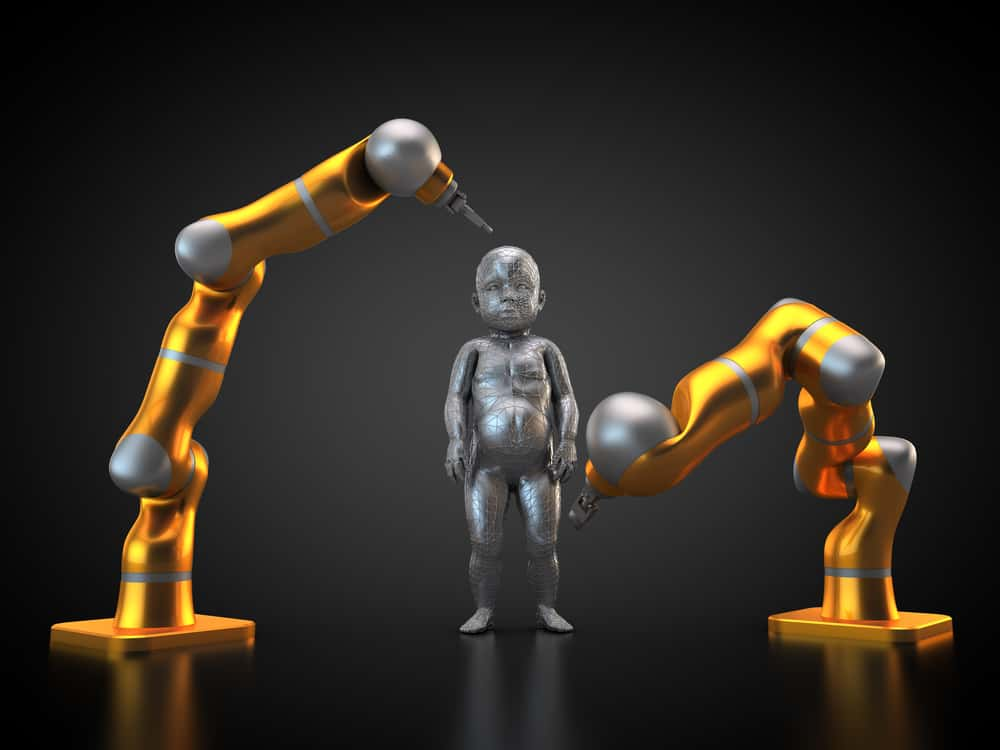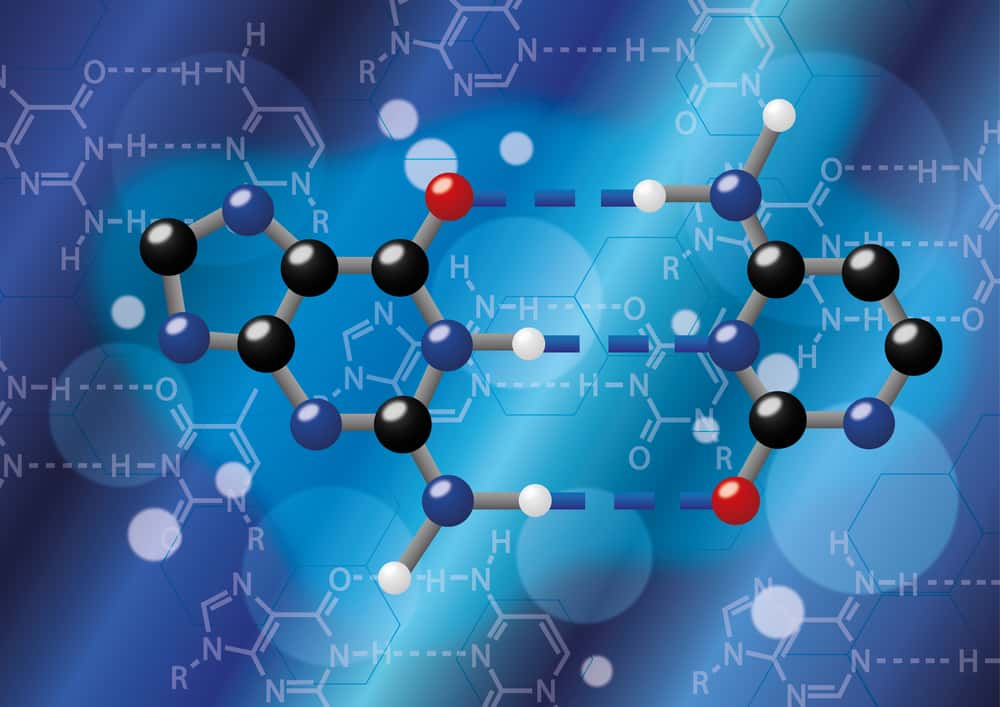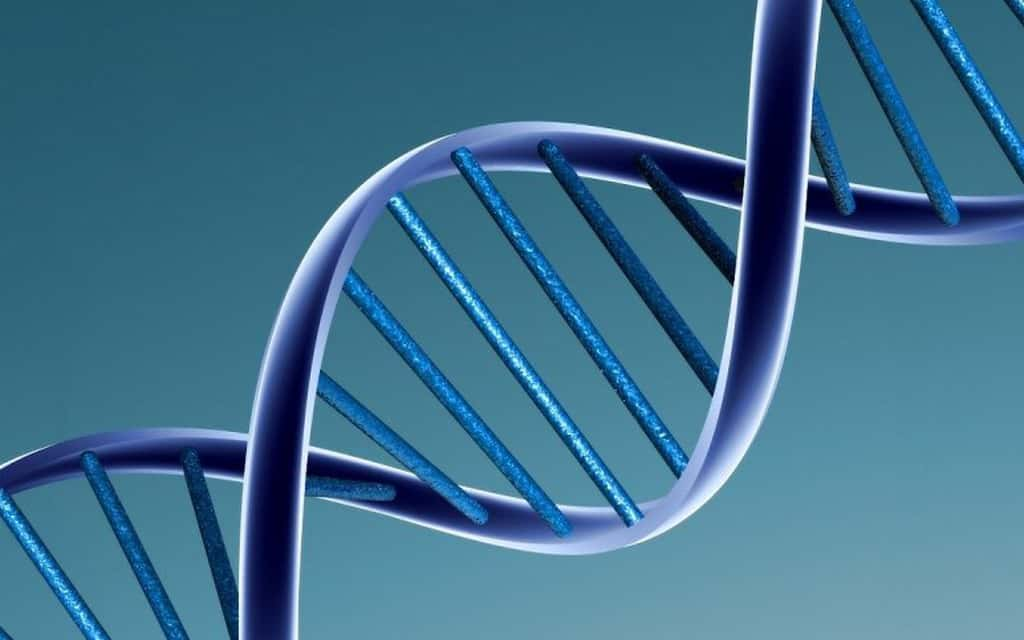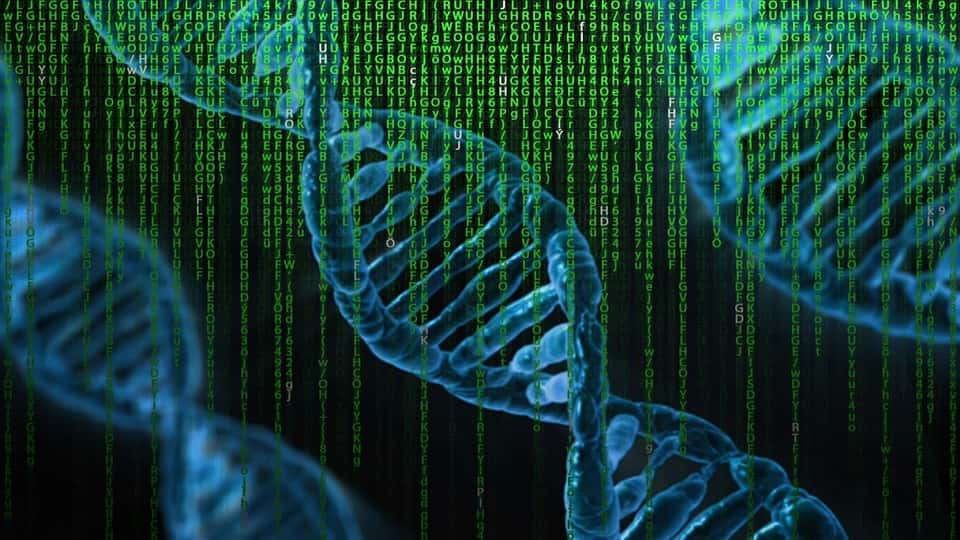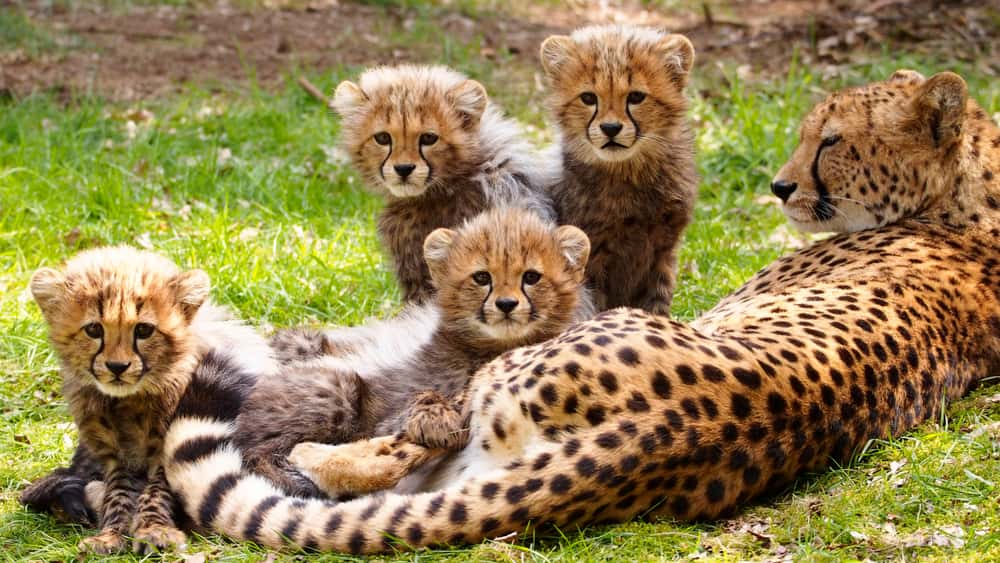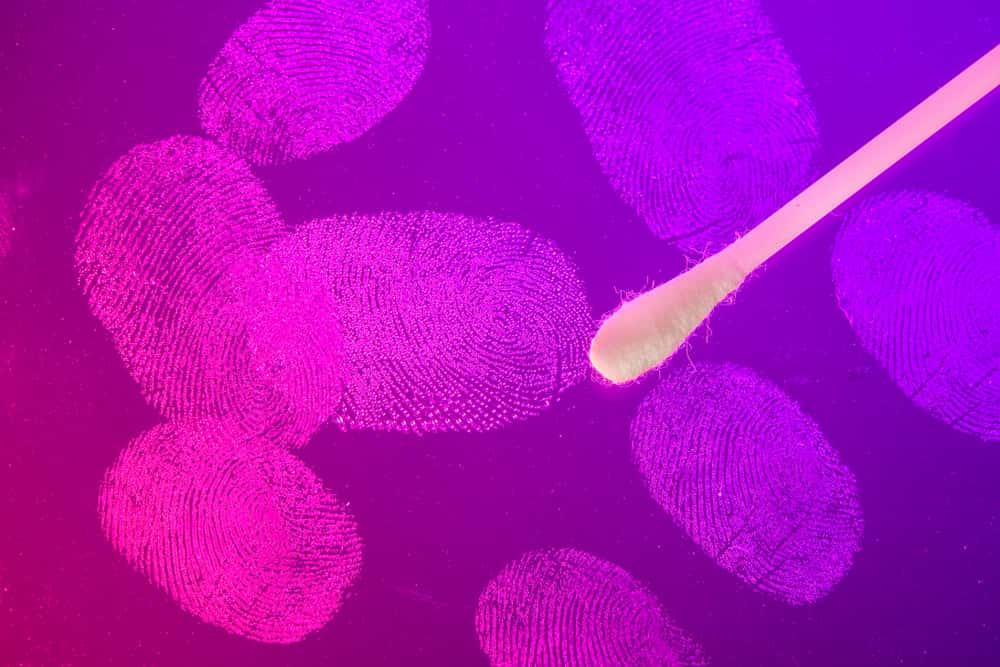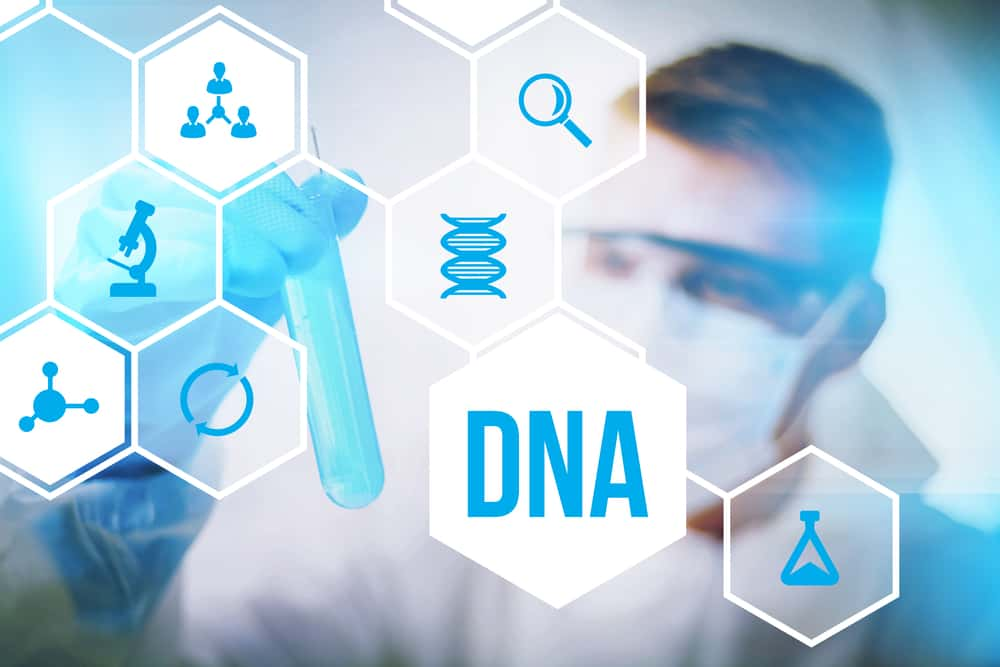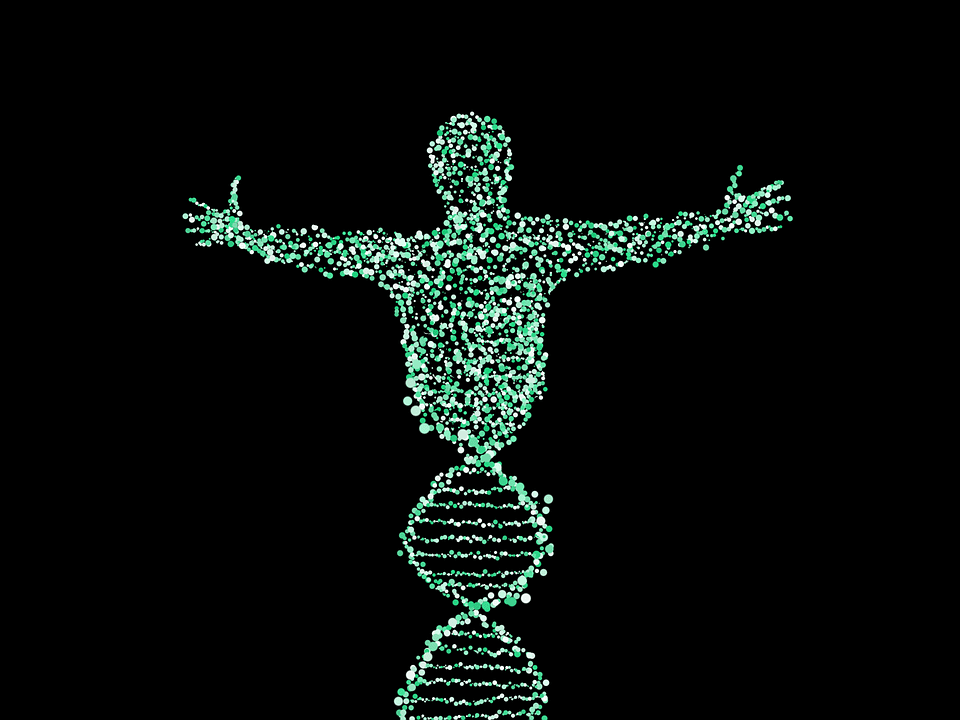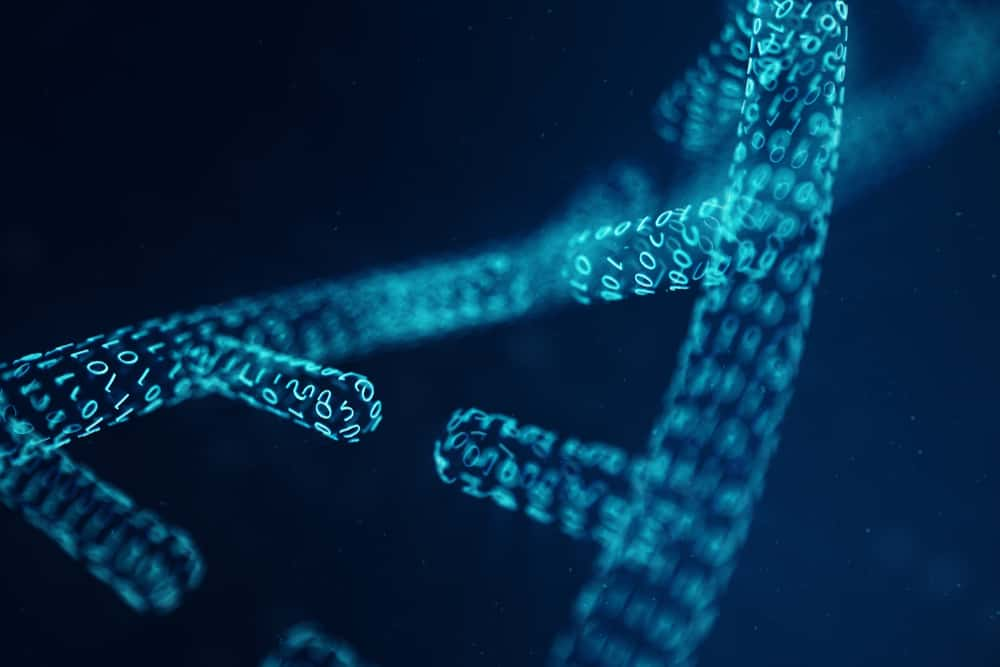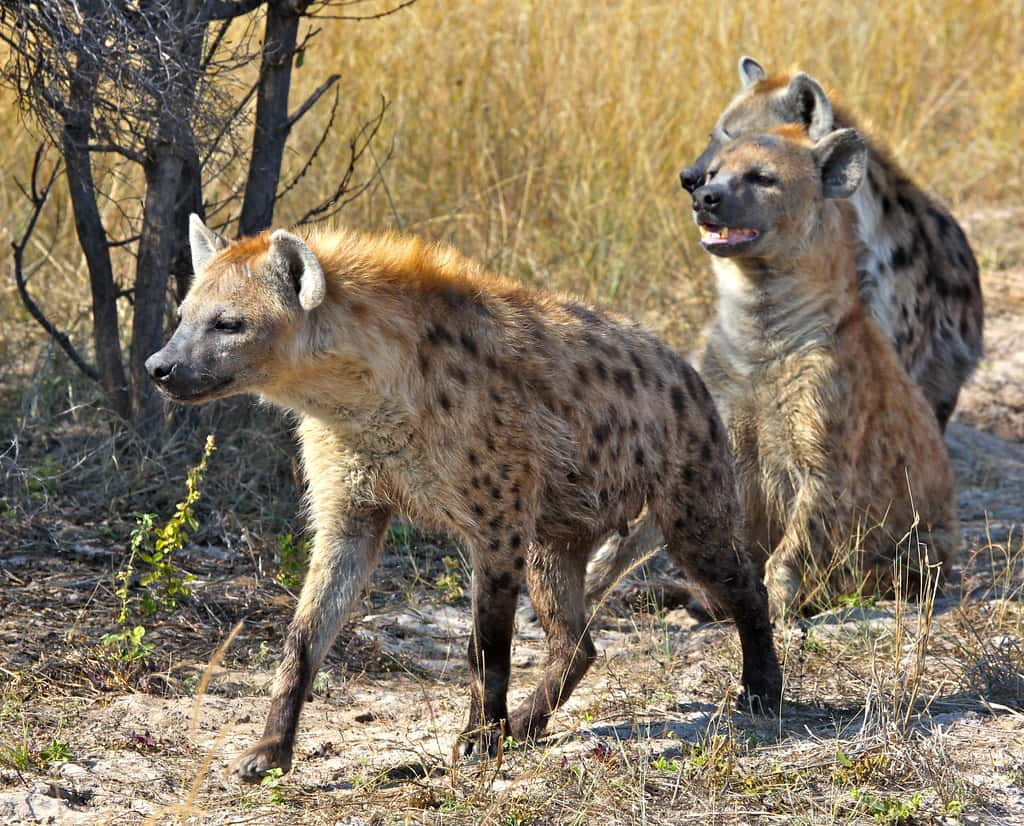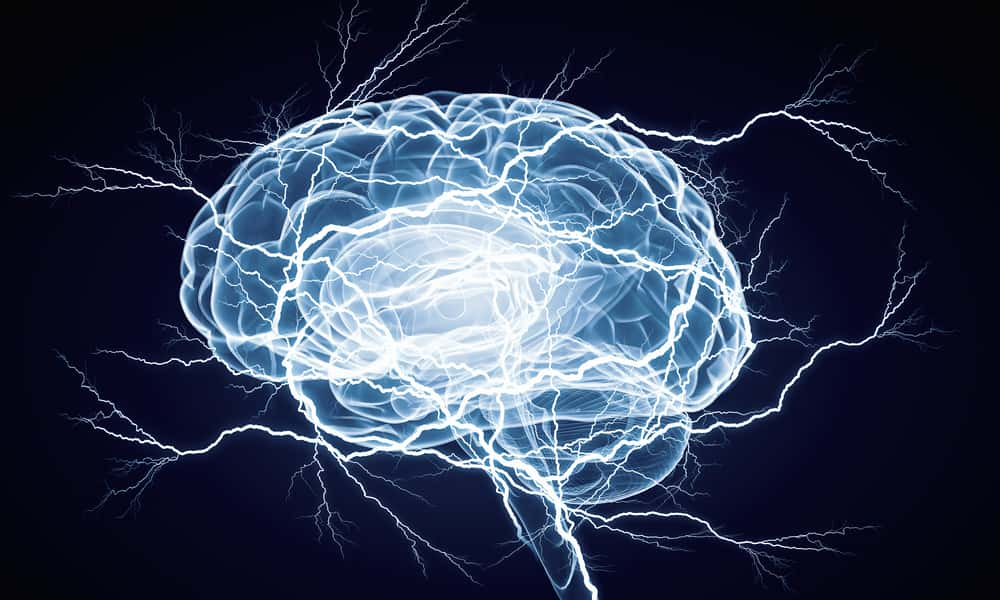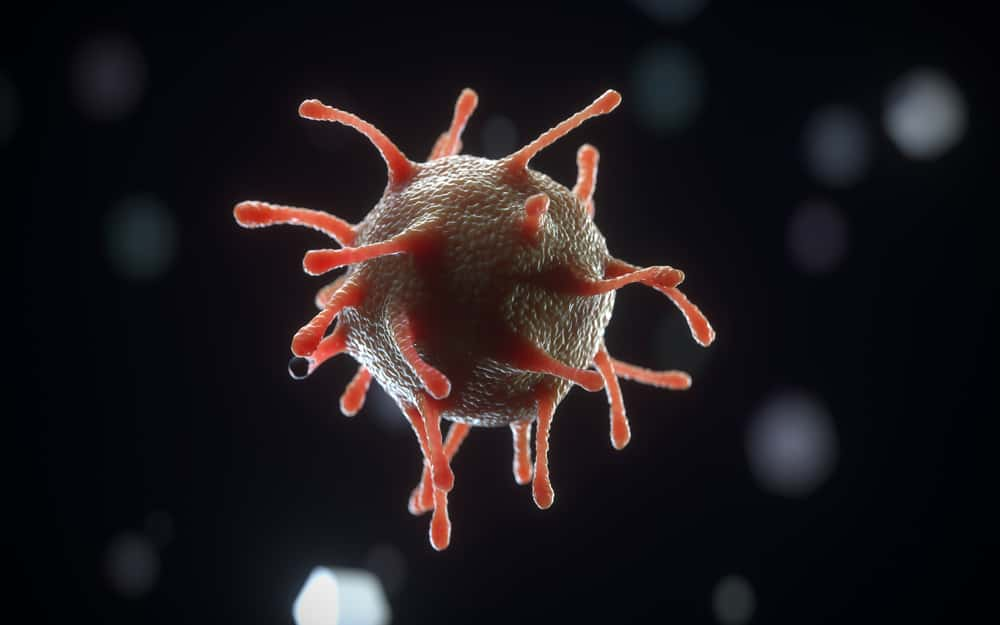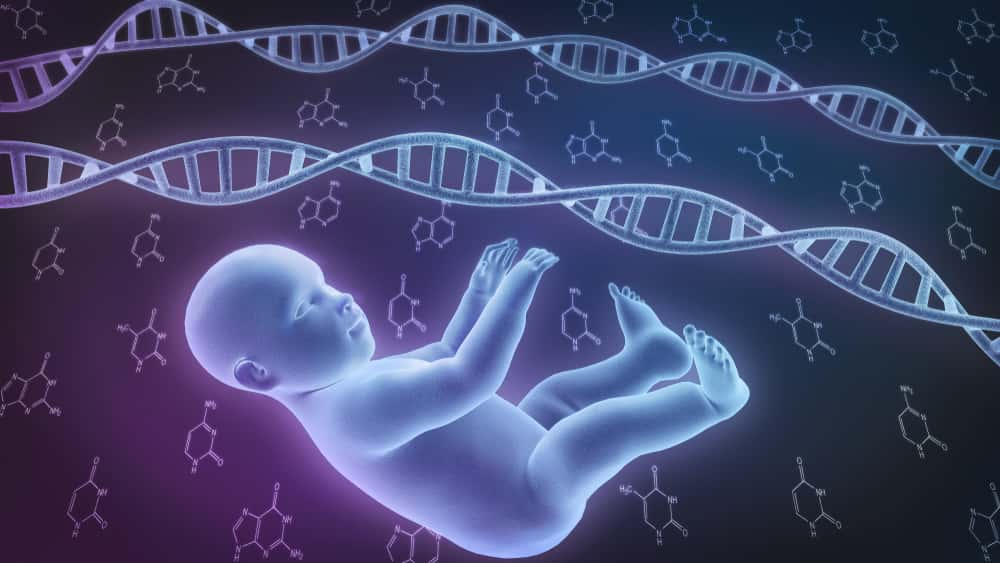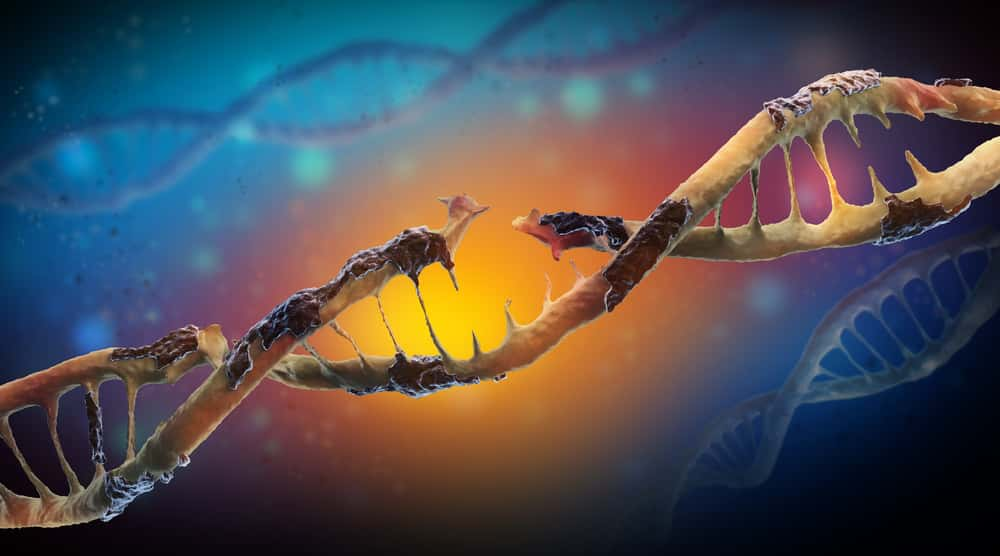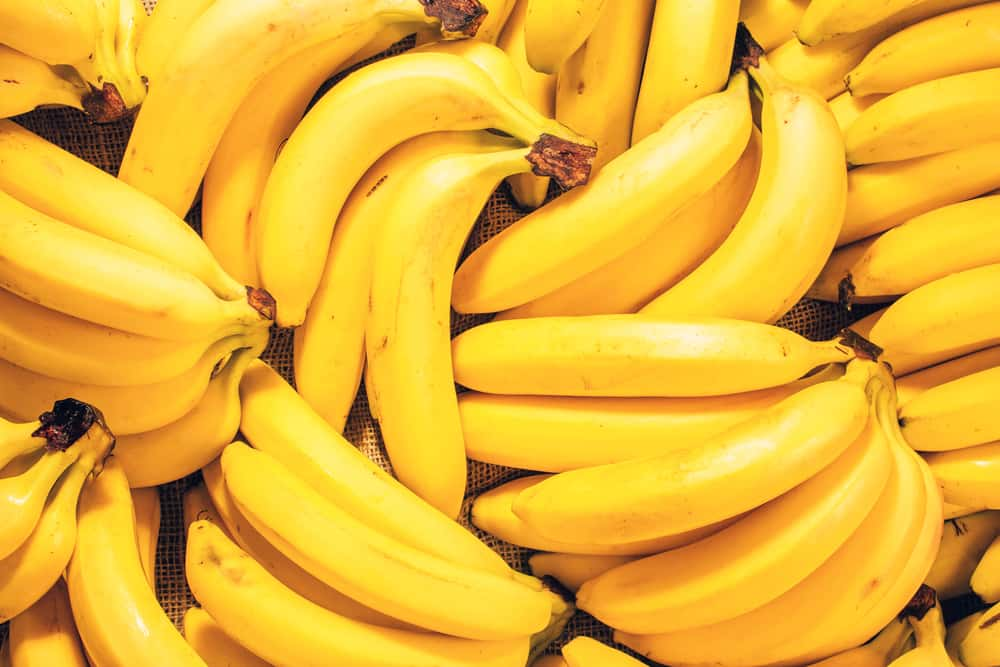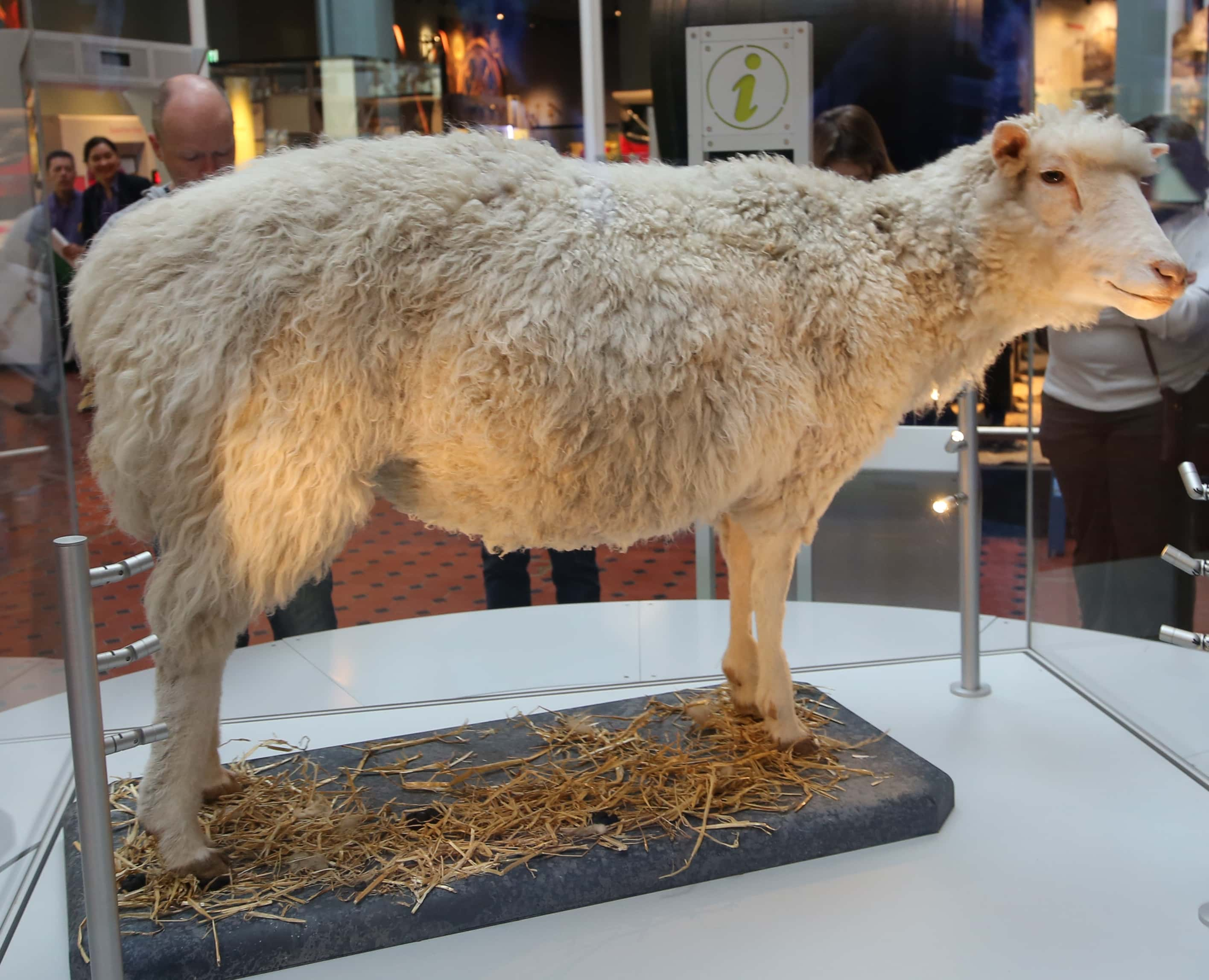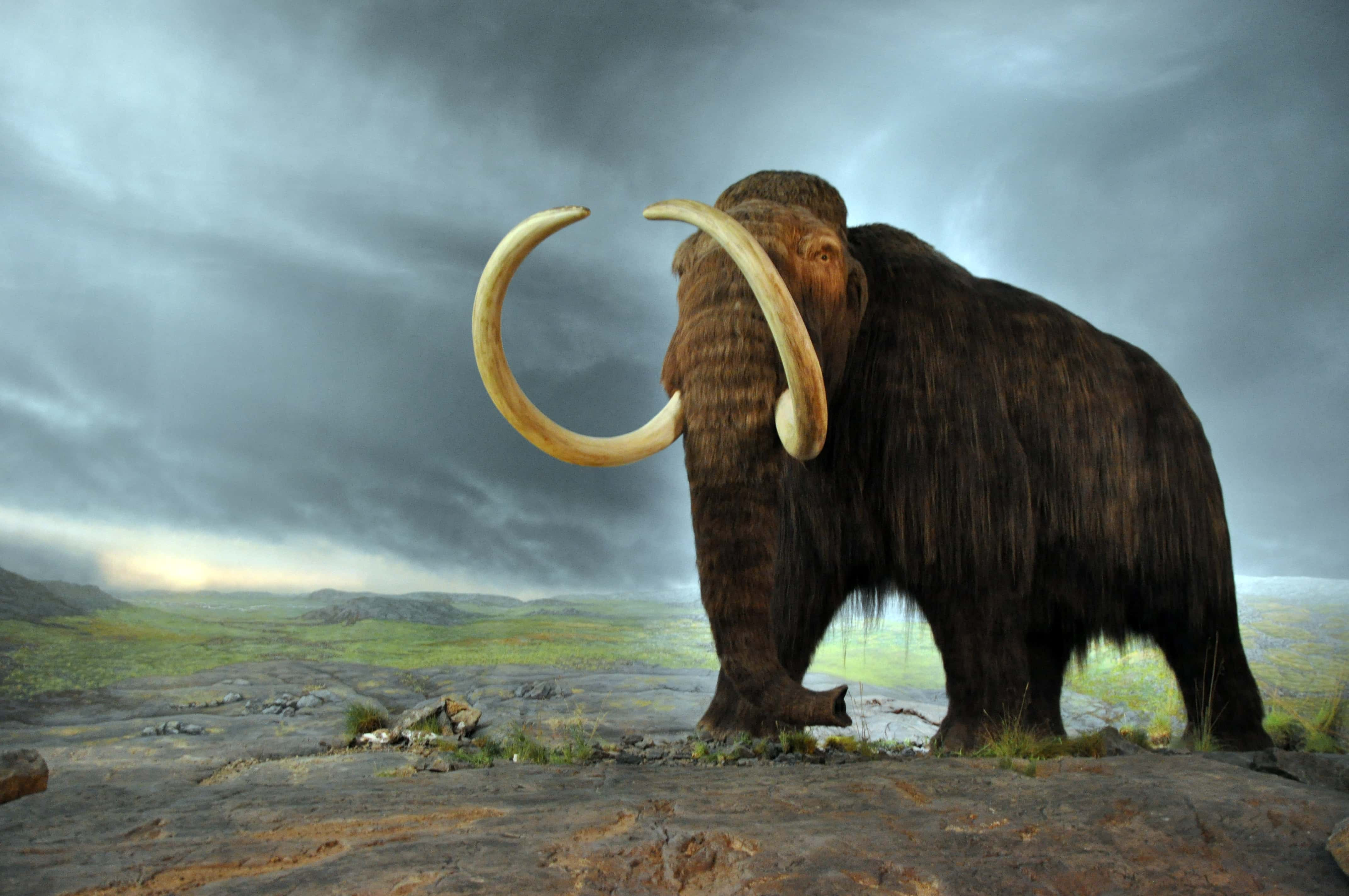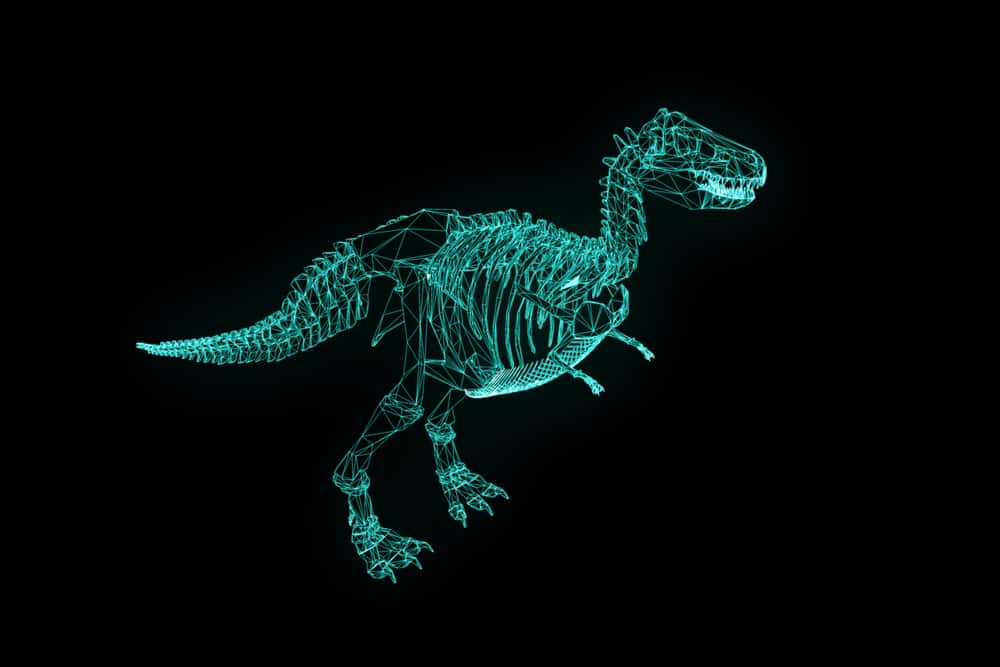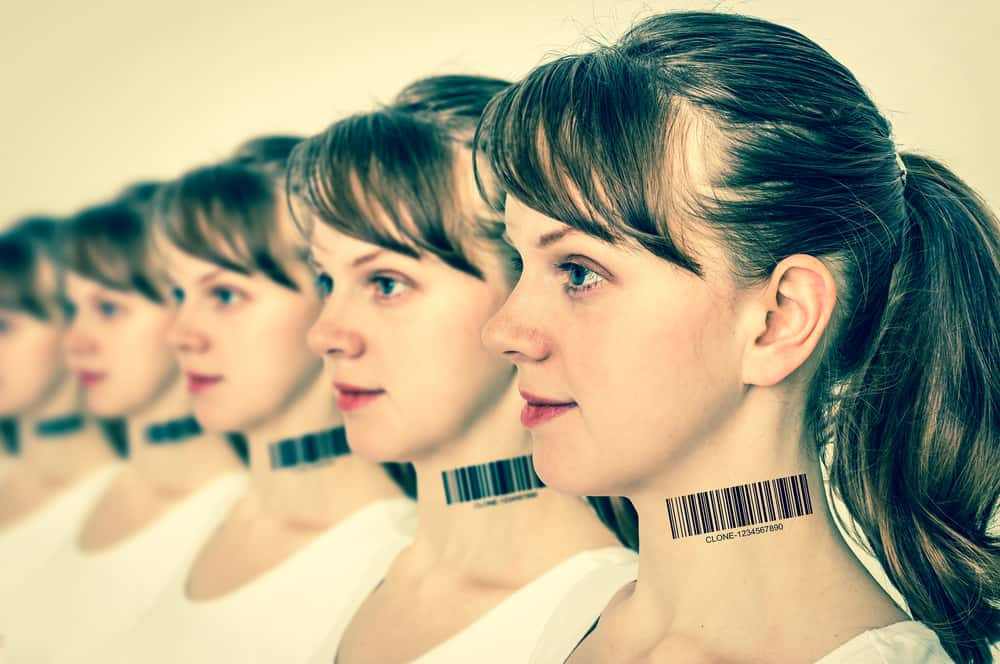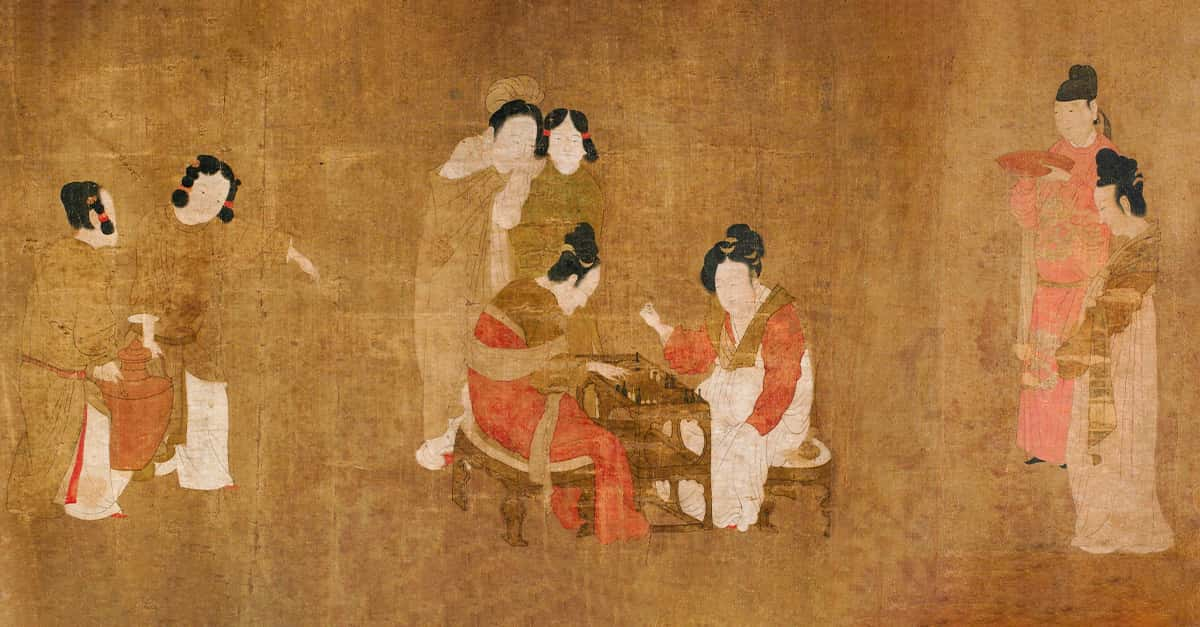“Just one drop of your blood contains billions of strands of DNA, the building blocks of life! A DNA strand, like me, is a blueprint for building a living thing. And sometimes, animals that went extinct millions of years ago, like dinosaurs, left their blueprints behind for us to find. We just had to know where to look” —Mr DNA, Jurassic Park
If you’re a living organism—and, presumably, you are—you have DNA, short for deoxyribonucleic acid. The molecule holds information about genetic makeup, and it’s much better at storage than any hard-drive on the market.
Classic Films Facts
24. Quite a Find
DNA was first discovered by biochemist Friedrich Miescher in 1869, but it wasn’t until the 1940s that Oswald Avery realized DNA contains humans’ genetic blueprint. DNA’s double-helix structure was discovered in 1953 by James Watson and Francis Crick, who are now more famous than their predecessors.
23. Human Road Map
It wasn’t until 2000 that scientists completed the first draft “map” of the human genome. Two rival groups of scientists united to do the work, which was expected to revolutionize medicine by enabling doctors to give diagnoses and prescribe treatments tailored to each patient.
22. Whoa Baby!
The genome research also spurred fears that DNA knowledge would be used to create “designer babies," not only editing out genetic imperfections, but enabling parents to choose everything from their child’s hair and eye colour to their intelligence level.
21. What a Pair
There are three billion base pairs of DNA in the human genome, which look like rungs on twisted ladders. The bases always pair off in a specific way: adenine (A) with thymine (T), and cytosine (C) with guanine (G)–it’s sort of romantic, really.
20. How Does it All Fit?
A lot of DNA crams into a tiny area: if uncoiled, all the DNA from a single human cell would be about 2-3 metres long. Together, all of the cells in your body contain 10 billion miles of tightly coiled DNA–that’s a return trip to Pluto!
19. An Epic Read
Want to try typing out the human genome? Better get cracking: typing at 60 words per minute for eight hours a day, it would take about 50 years to finish.
18. Practically Twins
You have more in common with your workplace nemesis than you think: the genetic difference between humans is only about 0.1%.
17. Spot On
Leopards can’t change their spots, but cheetahs have it even worse: cheetahs are so genetically similar to each other that there’s virtually zero difference between the DNA in many of the cats. An ice age some 10,000 years ago wiped out nearly the entire cheetah population, leaving today’s animals highly inbred. As a result, very few produce healthy offspring.
16. Whodunnit?
DNA testing in criminal cases began back in 1985, and was first used to convict a criminal, Florida rapist Tommie Lee Andrews, in 1987, followed by a Virginia serial killer in 1988.

History's most fascinating stories and darkest secrets, delivered to your inbox daily.
15. Criminal Proof
As the science of DNA testing has evolved, forensic scientists have gained the ability to test smaller and smaller samples of genetic material–like a steering wheel that an offender may have touched–to identify crooks.
14. Mistakes Do Happen
However, forensic DNA isn’t foolproof: scientists can make mistakes testing and interpreting DNA samples, and the samples themselves can become contaminated or degrade over time. More recently, scientists have discovered that that while humans’ genetic makeup is unique, genetic markers might not be—posing a risk that a sibling or even a total stranger could be wrongly convicted.
13. DIY DNA
Nowadays, everyone’s jumping on the DNA-testing bandwagon, using at-home kits to find out secrets of their ancestry or their chances of future illness. But how accurate are they? Tests by triplets and a set of quadruplets have shown the results aren’t always accurate, with the siblings turning up different ancestry results.
12. Outta This World
In 2008, DNA from several notable humans was sent into space on a memory device known as the Immortality Drive, which is stored at the International Space Station. It includes DNA from physicist Stephen Hawking, comedian Stephen Colbert, and Lance Armstrong. It also includes an oddball mix of musicians, novelists, and screenwriters, as well as a pro-wrestler, a venture capitalist, and a former Playboy model.
11. Who Needs a Computer?
DNA itself is a much better storage drive than any hard-drive you’ll find at a tech store. In 2012, Harvard researchers managed to store 700 terabytes of data on a single gram of DNA. By way of comparison, the Panama Papers totalled just 2.6 terabytes.
10. A Prickly Issue
Like felines and some other animals (including some primates, bats, and hyenas), male humans once had spikes on their penises. Fortunately for their sexual partners, the "penile spine enhancer" code disappeared from humans’ DNA about 700,000 years ago. Scientists say increased monogamy might be the reason why.
9. Feeling Deleted
That penile DNA “deletion” is one of more than 500 which has occurred throughout human evolution–alongside increasing the size of our brains and removing sensory whiskers from our faces.
8. Part-Human, Part-Virus
Ancient viruses that infected our ancestors and made them ill now inhabit our DNA. Many humans carry the entire DNA profile of a virus within their own genes.
7. Two-For-One
Incredibly, people can have two totally different sets of DNA; some people may have absorbed their own twin in the womb. This happened to Lydia Fairchild: in 2002, a DNA test told her that she was not the mother of her own children–until further tests revealed she had two sets of genes. Patients who receive a bone marrow transplant can also end up with two different DNA profiles.
6. Cannot Compute
Hundreds, if not thousands, of DNA errors per day–caused by ultraviolet light, copying mistakes and many other factors–damage our DNA. Some of it can be repaired by our cells, but other damage can eventually cause diseases, including cancer.
5. That’s Bananas!
It’s probably not that surprising to learn that humans share 98% of our DNA with chimpanzees–but incredibly, we also share 70% with slugs and 50% with bananas. Now that’s food for thought.
4. Clone Army
Dolly the sheep (1996-2003, RIP) was the best-known cloned animal, but she was far from the first. In fact, way back in the 1950s, a tadpole was the first successful clone.
3. A Mammoth Task
While there have been numerous attempts to clone other living animals–from monkeys and cats to the endangered white rhino–scientists have yet to find a way to de-extinct long-gone animals, but that’s not stopping them from trying. Scientists from Japan, Russia, and South Korea are all working on projects to try to bring back the woolly mammoth.
2. Life Finds a Way
That said, bringing back dinosaurs, a la Jurassic Park, looks impossible: scientists say their DNA would have broken down millions of years ago, even if preserved in very cold temperature–and even if there were some DNA left, it’s not possible to just fill in the blanks with another organism or implant the DNA into another animal’s egg and wait for a dinosaur to hatch. Given how Jurassic Park ended, it’s probably for the best.
1. Can You Clone a Human?
While there’s been a lot of work to clone human embryos and stem cells, human clones seem like they will remain in science fiction for the time being–even though it’s scientifically possible. Ethical concerns and a lack of commercial incentives to clone humans mean we probably won’t see them any time in the near future.
Sources: 1, 2, 3, 4, 5, 6, 7, 8, 9, 10, 11, 12, 13, 14, 15, 16, 17, 18, 19, 20, 21




